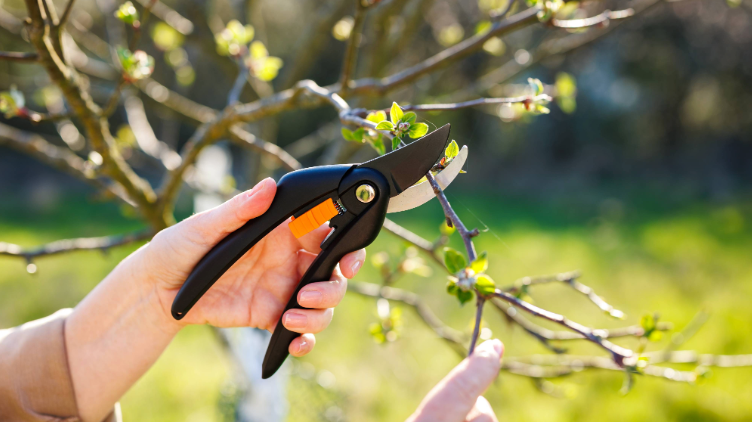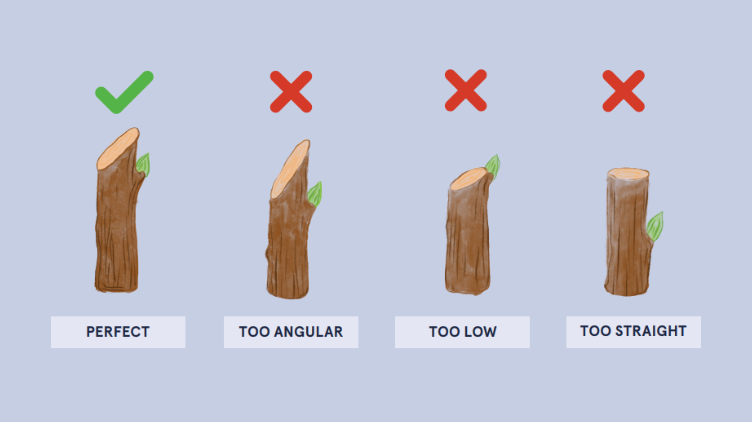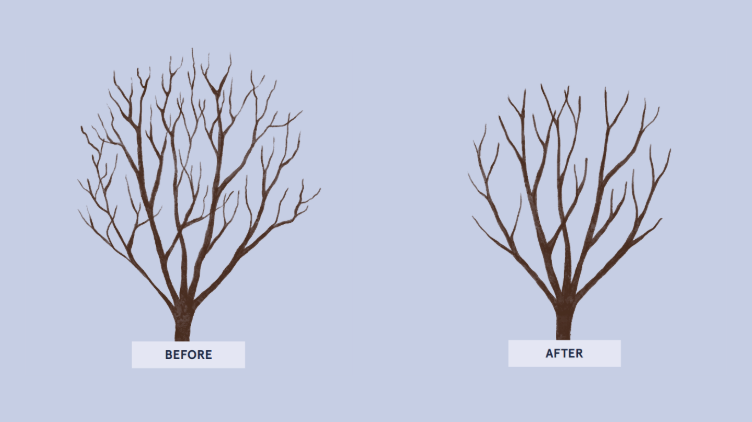
Back To Basics - Winter Pruning
23 Jun, 2025
Pruning Principles
Use Clean, Sharp Tools
Dirty blades can easily spread disease between plants, and dull ones can crush or tear stems, leading to slow healing and potential infections.
Pick a Dry
Day Pruning in dry weather helps prevent the spread of fungal infections and makes it easier to see the plant’s natural structure clearly.
Understand Your Plant
Know whether your plant blooms on new or old wood — pruning at the wrong time of year could reduce flowering and fruit production for the season.
Start With the 3 D's
Always begin by removing anything dead, damaged, or diseased, as these parts can drain energy from the plant and harbour pests.
Thin It Out
Open up crowded areas to improve air circulation and light penetration — this helps reduce mildew, enhances growth, and supports a balanced shape.
Getting Started
Winter pruning isn’t just about shaping your plants — it plays a vital role in their long-term health and performance. With most deciduous plants dormant, pruning causes less stress and reduces the risk of sap loss or infection. The lack of foliage also gives you a clearer view of the plant’s framework, allowing more precise cuts and better decisions about what to remove.
By tackling problem branches now, you’re setting the stage for vigorous, balanced growth when the warmer weather returns. Pruning in winter may seem daunting, but once you get the hang of it, it becomes one of the most rewarding gardening tasks of the year.
Your plants will thank you with a flurry of blooms and a stronger, healthier structure.
So pop on your gardening gloves, sharpen those secateurs, and give your plants the winter TLC they deserve!
Kings Top Tip
If you're feeling a bit unsure about pruning your plants for the first time, pop into your nearest Kings - our friendly staff are always happy to offer tips and advice.

